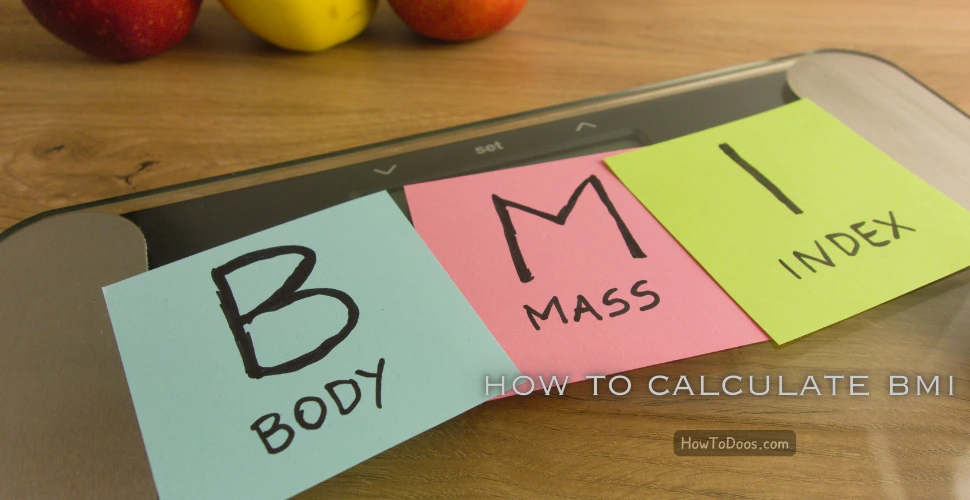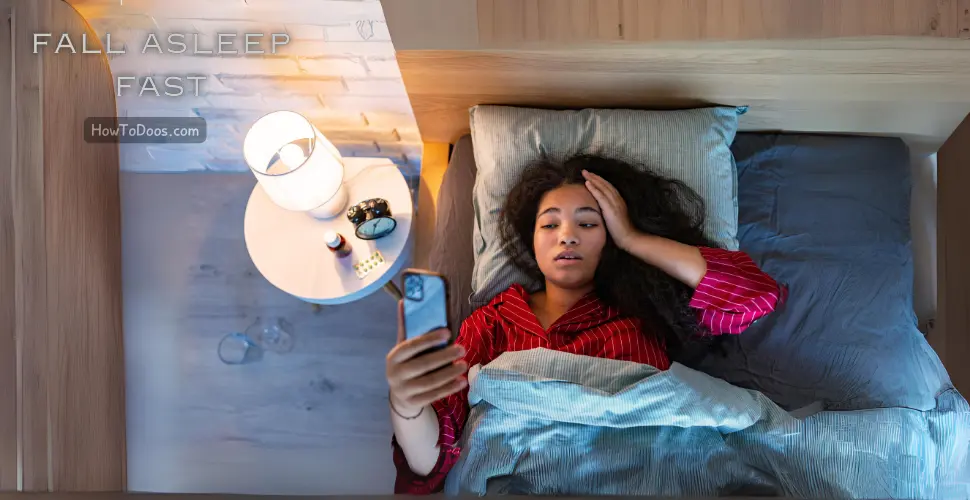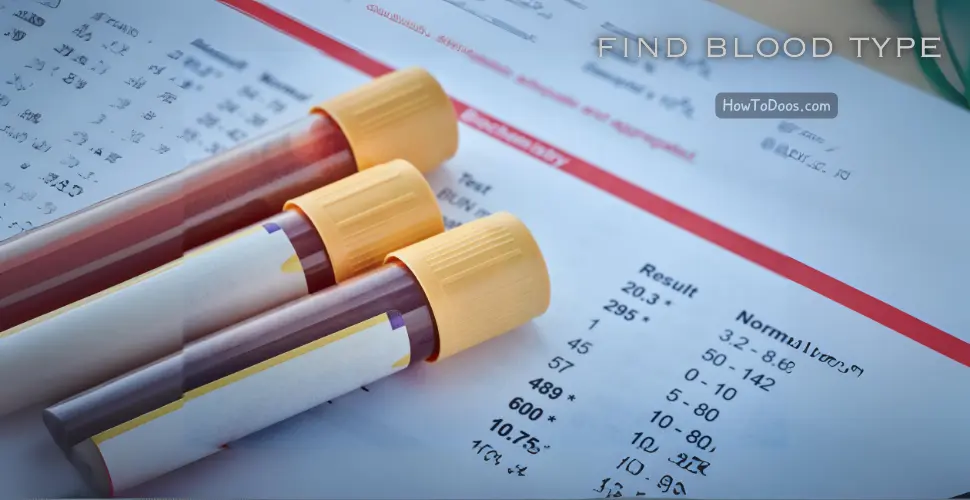How to Test for Monkeypox – A Comprehensive Guide to Diagnosis and Testing
-
 Olivia Taylor
Olivia Taylor - 24 Aug, 2024
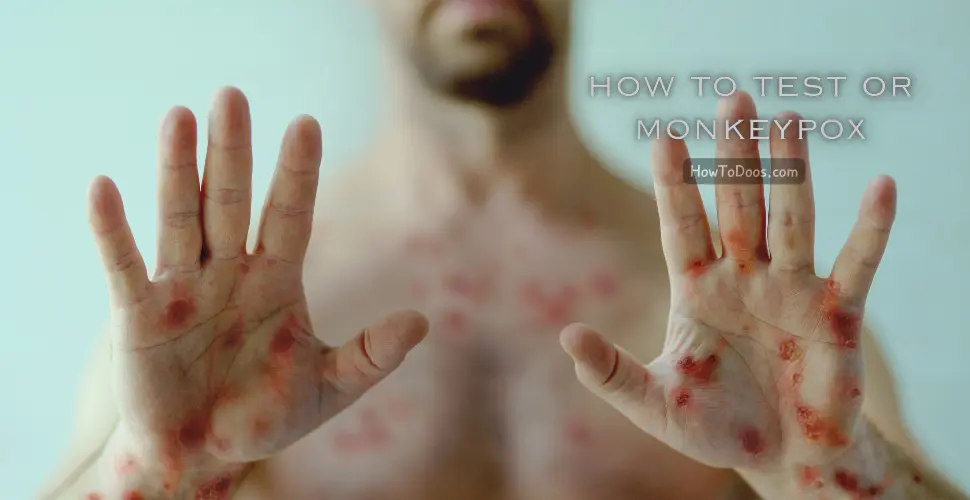
Testing for Monkeypox is crucial for early diagnosis and preventing the spread of the virus. With symptoms that can sometimes resemble other illnesses, getting tested is the only way to confirm a Monkeypox infection. This guide will explain how to get tested for Monkeypox, what to expect during the process, and when you should seek medical advice.

What is Monkeypox?
Monkeypox is a viral zoonosis (a virus transmitted to humans from animals) that presents with symptoms similar to those seen in the past in smallpox patients, although it is clinically less severe. The disease is caused by the Monkeypox virus, which is part of the same family of viruses as smallpox.
Symptoms of Monkeypox
Before getting tested, it’s important to recognize the symptoms of Monkeypox. These may include:
- Fever
- Headache
- Muscle aches
- Backache
- Swollen lymph nodes
- Chills
- Exhaustion
- A rash that goes through different stages before forming a scab
The rash often starts on the face and then spreads to other parts of the body, including the palms of the hands and the soles of the feet.
When to Get Tested for Monkeypox
You should consider getting tested for Monkeypox if you:
- Have been in close contact with someone who has been diagnosed with Monkeypox.
- Are experiencing symptoms consistent with Monkeypox.
- Have traveled to an area where Monkeypox is endemic or there is an outbreak.
Early testing is crucial for proper diagnosis and treatment, as well as for preventing the spread of the virus to others.
How to Test for Monkeypox
1. Consult a Healthcare Provider
The first step in getting tested for Monkeypox is to consult a healthcare provider. They will assess your symptoms, review your medical history, and determine if testing is necessary.
2. Laboratory Testing
If your healthcare provider suspects Monkeypox, they will order specific laboratory tests. The most common test for Monkeypox is a Polymerase Chain Reaction (PCR) test, which detects the DNA of the virus.
- Sample Collection: A sample is usually taken from the fluid inside the blisters, or from a dry crust if the blisters have scabbed over. Swabs from the throat or other sites may also be collected.
- PCR Testing: The collected samples are sent to a laboratory where PCR testing is conducted. This test can confirm the presence of the Monkeypox virus.
3. Results
PCR test results are typically available within a few days. Your healthcare provider will contact you with the results and discuss the next steps, which may include isolation and treatment.
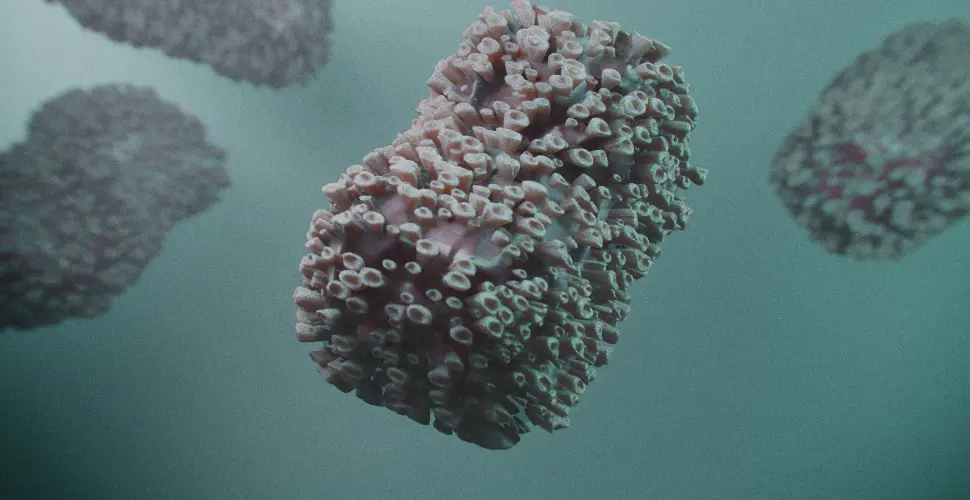
4. Follow-Up and Treatment
If you test positive for Monkeypox, your healthcare provider will guide you through the necessary steps for treatment and isolation to prevent spreading the virus to others. Treatment is primarily supportive, as there is no specific antiviral treatment for Monkeypox. However, in severe cases, antiviral medications like tecovirimat may be used.
Preventing the Spread of Monkeypox
While waiting for test results, or if you test positive, it’s important to take precautions to prevent the spread of Monkeypox:
- Isolate Yourself: Stay away from others to avoid spreading the virus.
- Practice Good Hygiene: Wash your hands frequently and avoid touching your face.
- Avoid Contact with Animals: Since Monkeypox can be transmitted from animals, avoid contact with animals, especially if you’re symptomatic.

Summary
Testing for Monkeypox is essential for anyone experiencing symptoms or who has been exposed to the virus. By consulting a healthcare provider and undergoing a PCR test, you can confirm whether you have Monkeypox and take the necessary steps to prevent its spread. Early diagnosis is key to managing the illness and protecting those around you.
